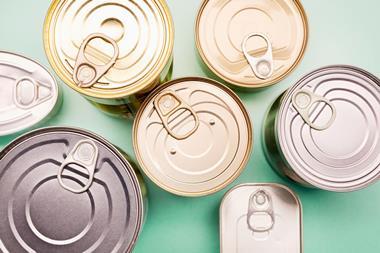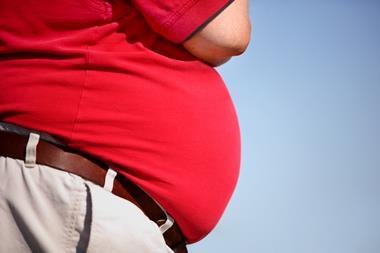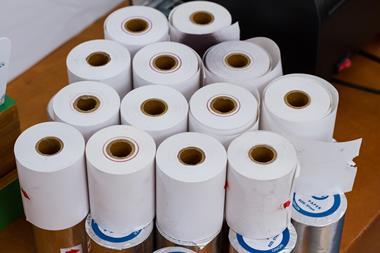The European Food Safety Authority (EFSA) has recommended a 20,000-fold reduction in the ‘tolerable daily intake’ or safe level, of Bisphenol A (BPA). However, the European Medicines Agency (EMA) has stated that there isn’t enough evidence at this stage to warrant such a reduction.
The chemical, which has been identified as an endocrine disruptor, is used to make polycarbonate plastics – used in food storage containers and drinks bottles – and epoxy resins, used to line food and drinks cans. However, BPA can migrate from packaging to the food within, but the last time the EFSA assessed exposure levels to BPA in 2015 based on the available data it concluded they didn’t pose a health risk.
Now after the latest evaluation, it’s proposing a limit of 0.2ng/kg of body weight per day, that can safely be ingested over a lifetime, compared with a previous level of 4µg, it temporarily established in 2015. It says it assessed a ‘vast’ number of papers including 800 published since 2013 and identified potential harmful effects on the immune system based on both animal data and observational studies in humans.
Claude Lambré, chair of the EFSA’s panel on food contact materials, enzymes and processing aids, points to one piece of research where an increase in a specific type of white blood cell (Th17) has been observed in the spleens of mice, that could lead to the development of allergic lung inflammation and autoimmune disorders. The critical effect was identified at a human equivalent dose of 8.2ng/kg of body weight per day, but other health effects were observed at lower doses. Taking into account interspecies differences and variability between humans, the EFSA experts applied an uncertainty factor of 50, which led to the far lower exposure level of 0.2ng/kg body weight. The EFSA found that human dietary exposure estimates would exceed the proposed tolerable daily intake by two to three orders of magnitude.
However, the EMA disagrees that the safe exposure level for BPA should be lowered. It does not think that there is sufficient evidence in humans of a causal link between the increase in the white blood cells and asthma, and it questions the method used by the EFSA to extrapolate exposure data from animals to humans. The EFSA’s advice will now be considered by the European Commission, whose legislators will decide on whether to develop further restrictions on BPA in food contact materials.
But whether imposing the new limit would amount to a de-facto ban on BPA is a moot point. Jane Muncke, chief scientific officer at the Food Packaging Forum, speculates that the proposed safe levels are so low as to be difficult to detect with available analytical methods so making routine enforcement ‘very difficult right now’.
Dolores Romano, who advises on chemicals policy at the European Environmental Bureau, expects the assessment will spur action by the commission, which is revising regulations on food contact materials. BPA, and over 140 other bisphenols on the EU market, are also on the commission’s restrictions roadmap, announced last year and which commits to banning them.
But so far, proposals cover just five bisphenols (including BPA and a frequently used substitute BPF) but exempt their main uses. ‘What science is telling us is that they have very similar properties. So we hope the commission will act now and propose a restriction for the whole group to avoid these regrettable substitutions,’ says Romano.
Other risk assessments of bisphenols are underway, with the UK’s Food Standards Agency looking at tetra-methyl bisphenol F diglycidyl ether (TMBPF-DGE), an alternative to BPA in can coatings. Its advice is expected later this year.

















No comments yet